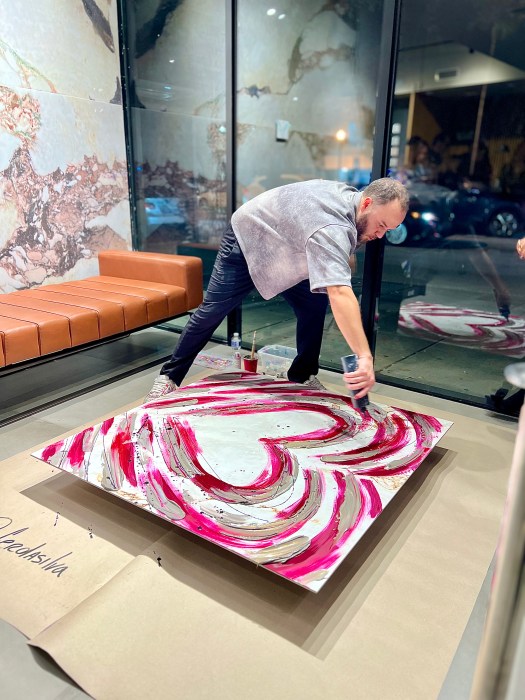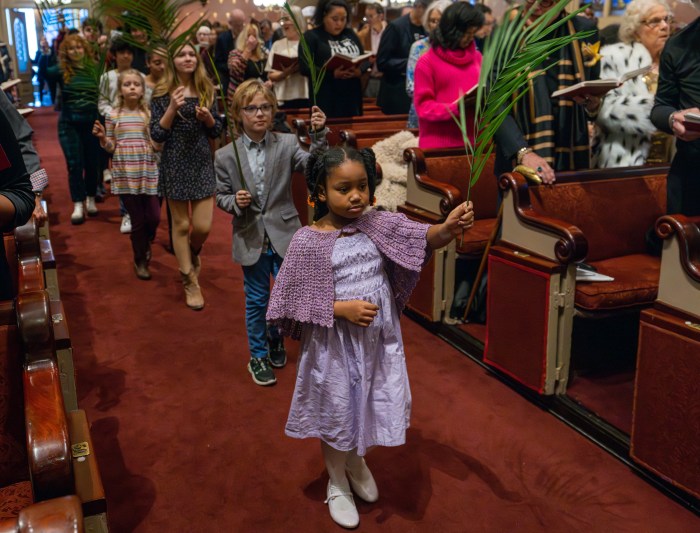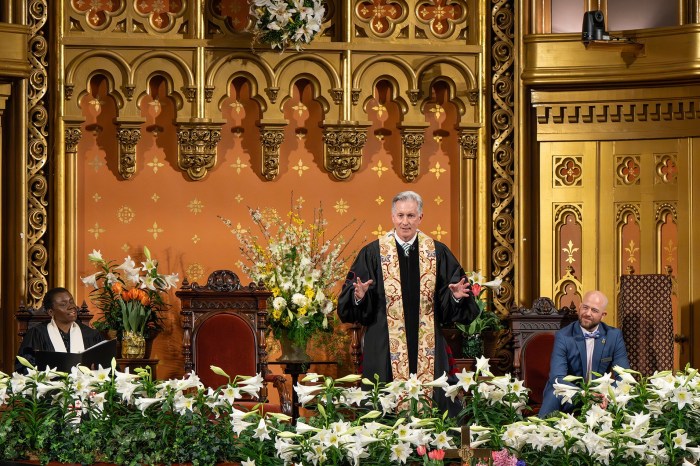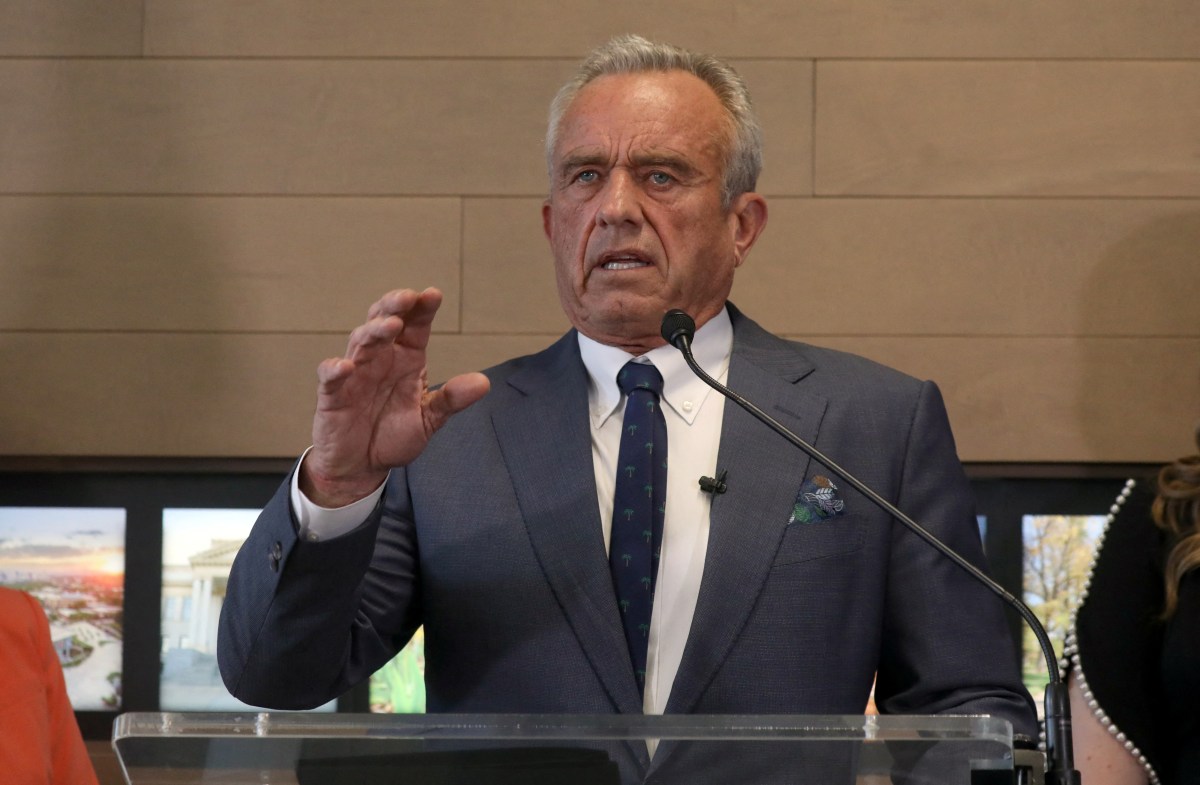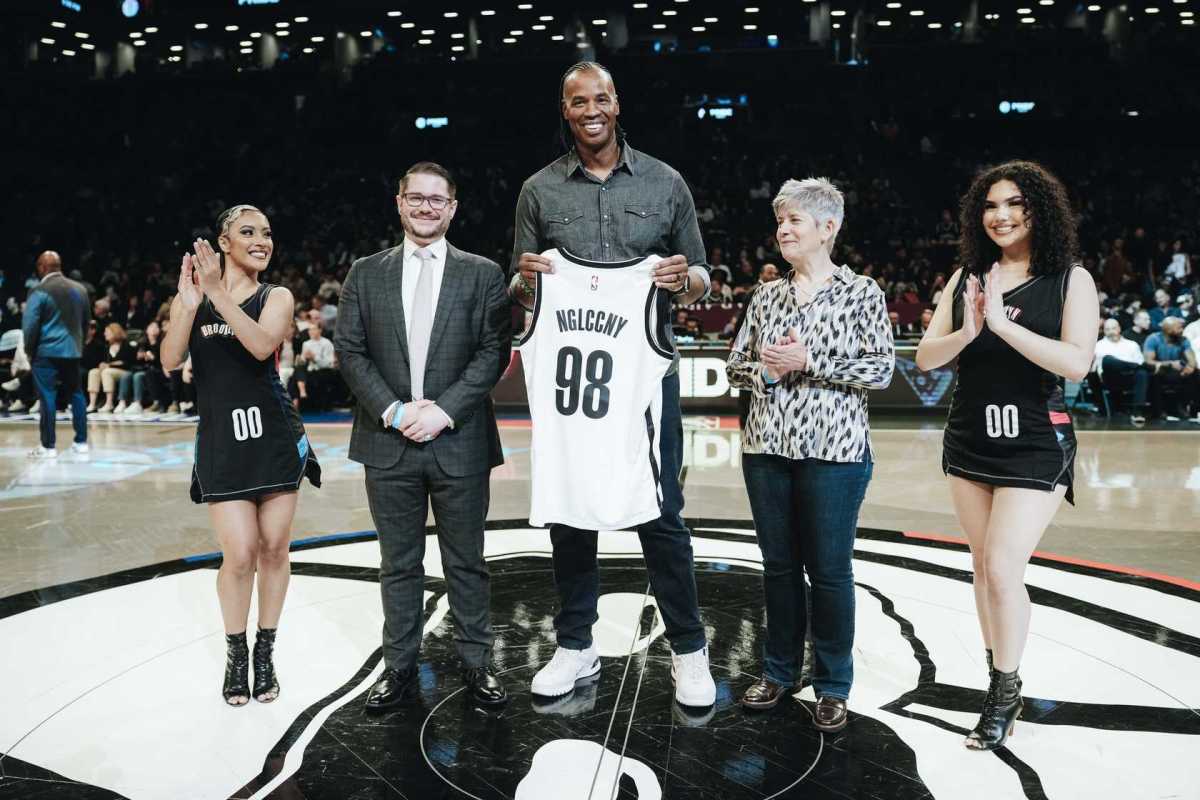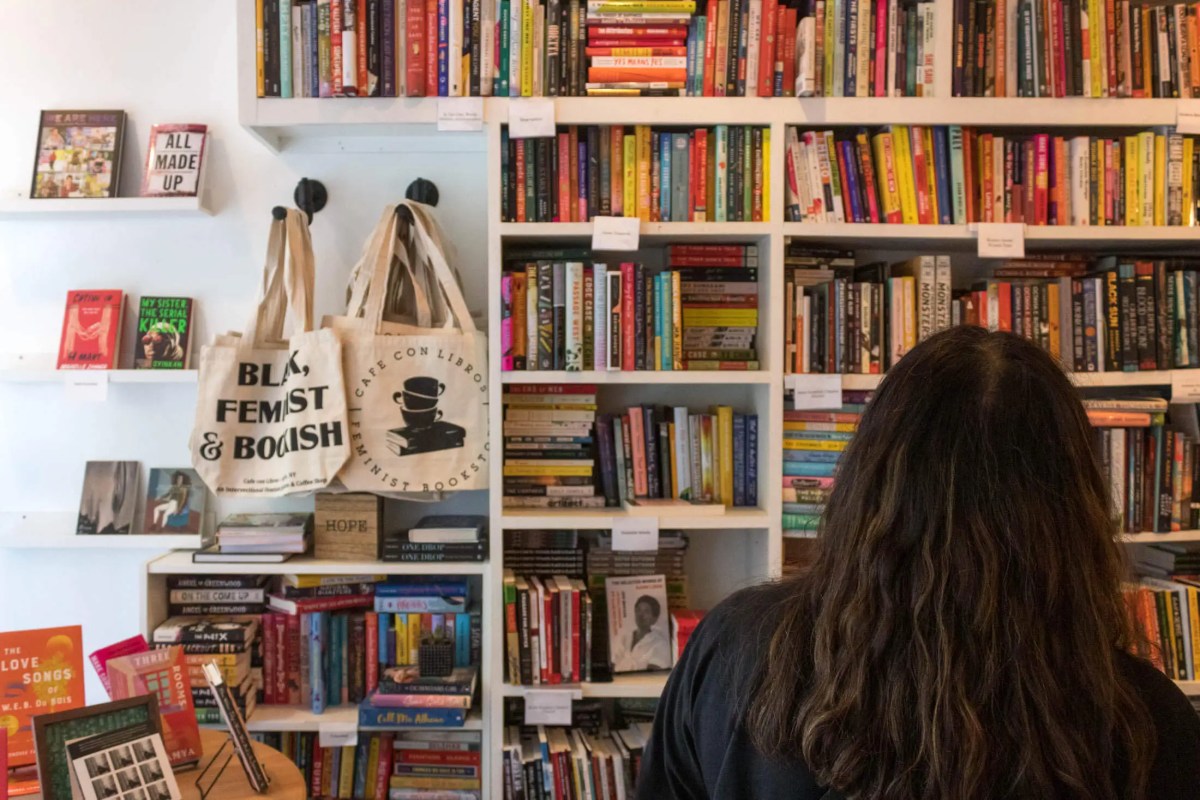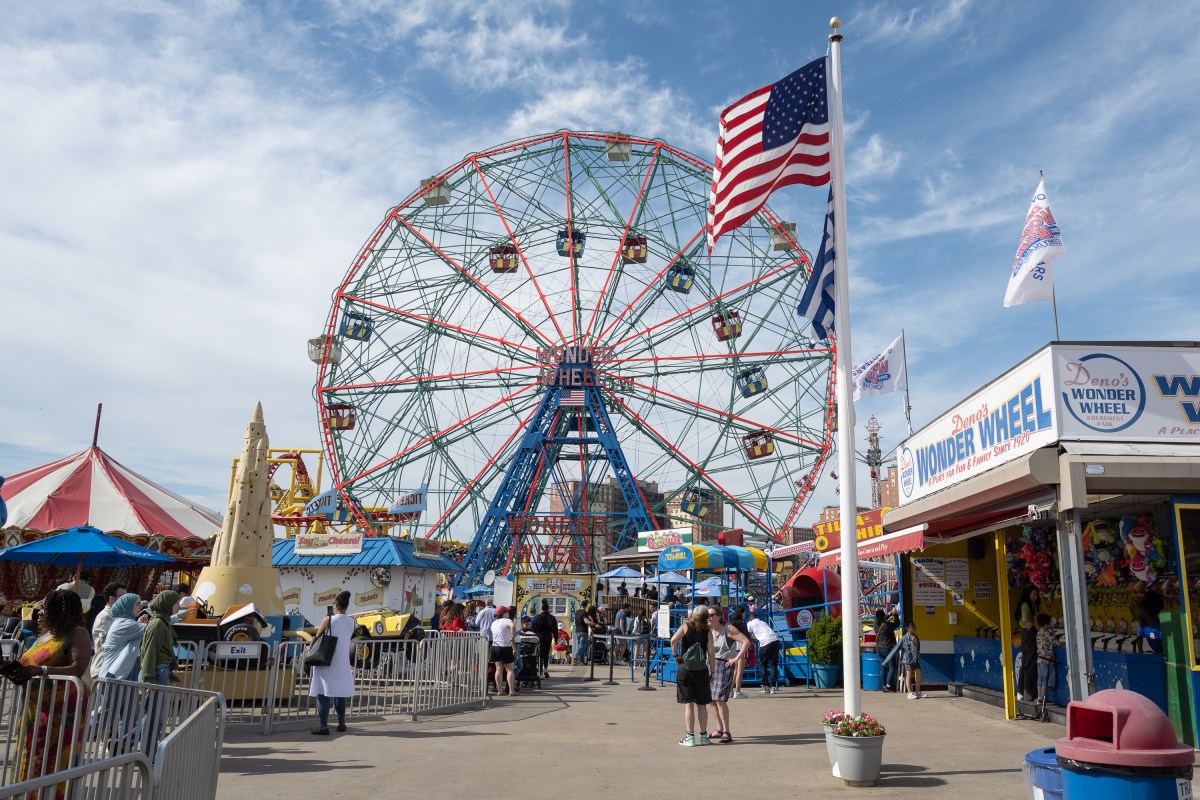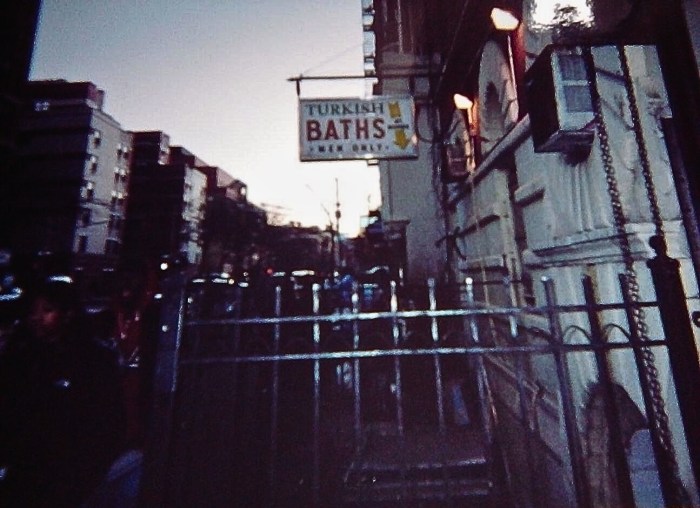There are moments in history when the ground shifts beneath our feet—markets quake, empires tremble, and the gilded certainties of yesterday crack open like Fabergé eggs. We are in such a moment now.
While algorithms convulse and financial pundits peddle panic dressed as insight, one truth endures with the cold, elegant certainty of a diamond dropped in a glass of champagne: art remains the most formidable and poetic asset one can own.
To collect art is not merely to acquire an object. It is to claim an idea. It is to elevate one’s experience above the transactional and into the transformational.
During periods of upheaval, artists have not only chronicled change; they have catalyzed it. In 1776, as a fledgling American republic declared its independence, artists such as Charles Willson Peale painted not only the faces of revolutionaries but also the spirit of a new national mythology.
In 1789, amidst the fever pitch of the French Revolution, Jacques-Louis David unveiled The Death of Marat, a portrait not merely of a fallen man but of a fervent political ideal elevated to sainthood. And in 1814, following the brutal occupation of Spain by Napoleonic forces, Francisco Goya created The Third of May 1808, an unflinching depiction of state-sanctioned violence and human terror.
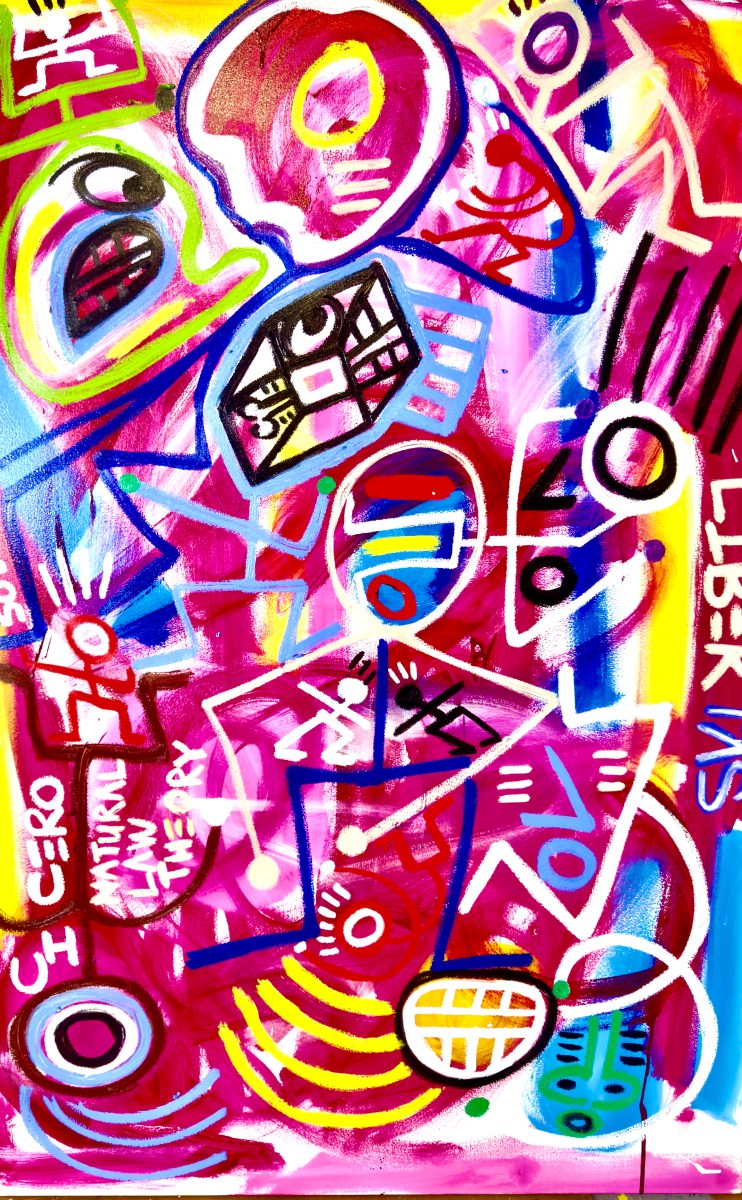
With this masterpiece, Goya did not romanticize war—he eviscerated it. His painting became a visual scream, a prophetic indictment that still echoes in every image of resistance and suffering today.
These works are more than historical records—they are revolutionary relics that challenge, provoke, and endure. Art has become the sacred currency of civilization, especially in times of collapse. It holds its value not merely in price but in permanence.
While digital assets rise and fall and financial markets swing like chandeliers in an earthquake, art continues to assert itself as a repository of identity, emotion, and power. Collectors today are not simply patrons. They are custodians of meaning. They are stewards of beauty at a time when beauty is increasingly commodified and diluted.
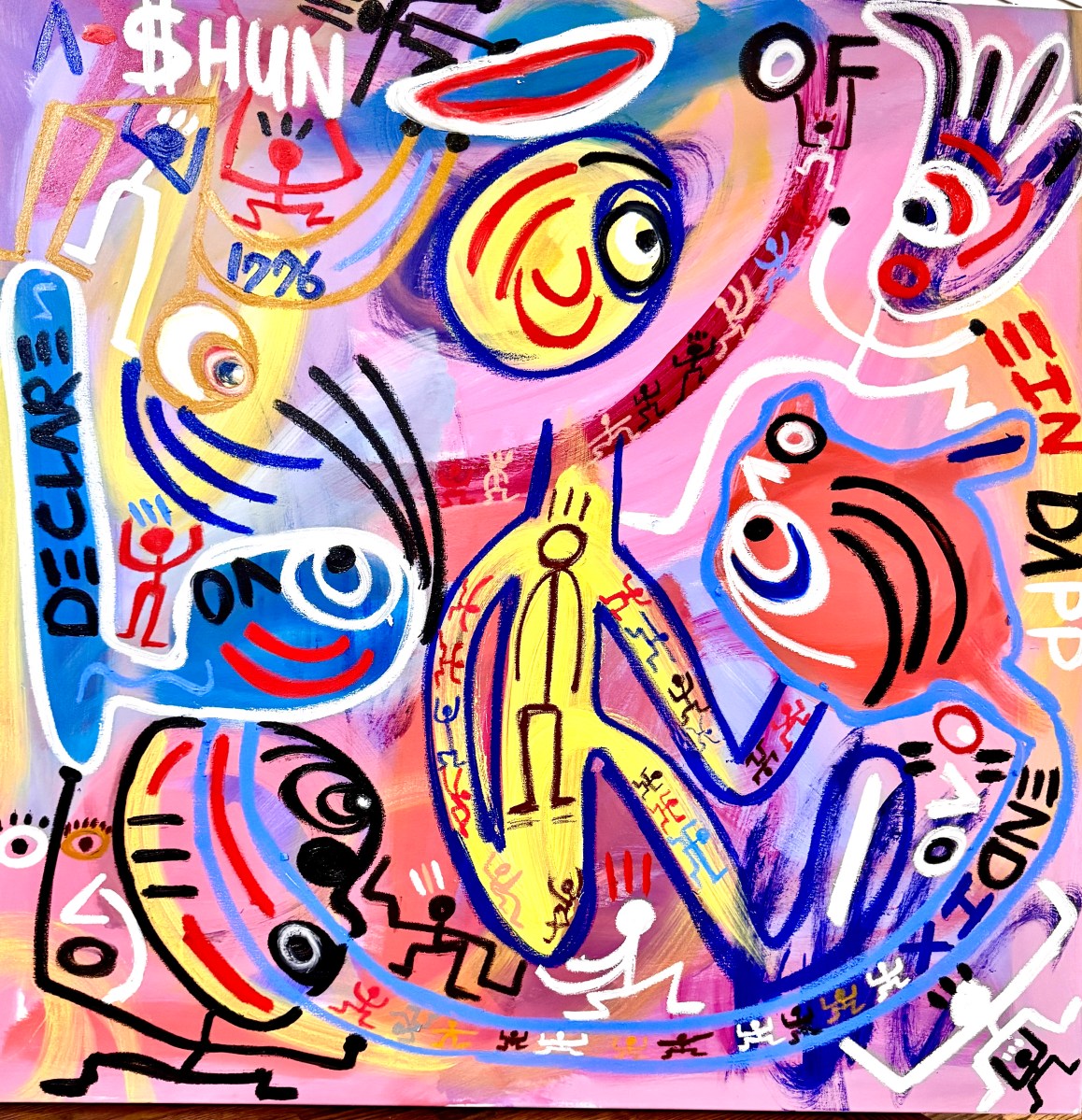
Consider the work of Halim Flowers, whose life and practice exemplify the transformative power of creative expression. Having spent over two decades incarcerated, Flowers emerged not broken but blazing—with a visual language rooted in hope, radical forgiveness, and the pursuit of truth.
His works are not only technically compelling; they carry the emotional weight of survival and transcendence. To collect his work is to invest in a living narrative of liberation.
Equally vital is Hunt Slonem’s legacy, whose iconic depictions of birds, bunnies, and butterflies occupy a space between the mystical and the decorative. Slonem’s work offers more than whimsy—it offers sanctuary.
Each canvas becomes a cabinet of curiosity, a shimmering nod to Victorian elegance filtered through a Pop Art lens. His oeuvre is collected globally because it communicates joy with unapologetic grandeur. In an age of beige minimalism, Slonem’s world is vibrantly maximalist—an invitation to revel in the spiritual dimension of beauty.
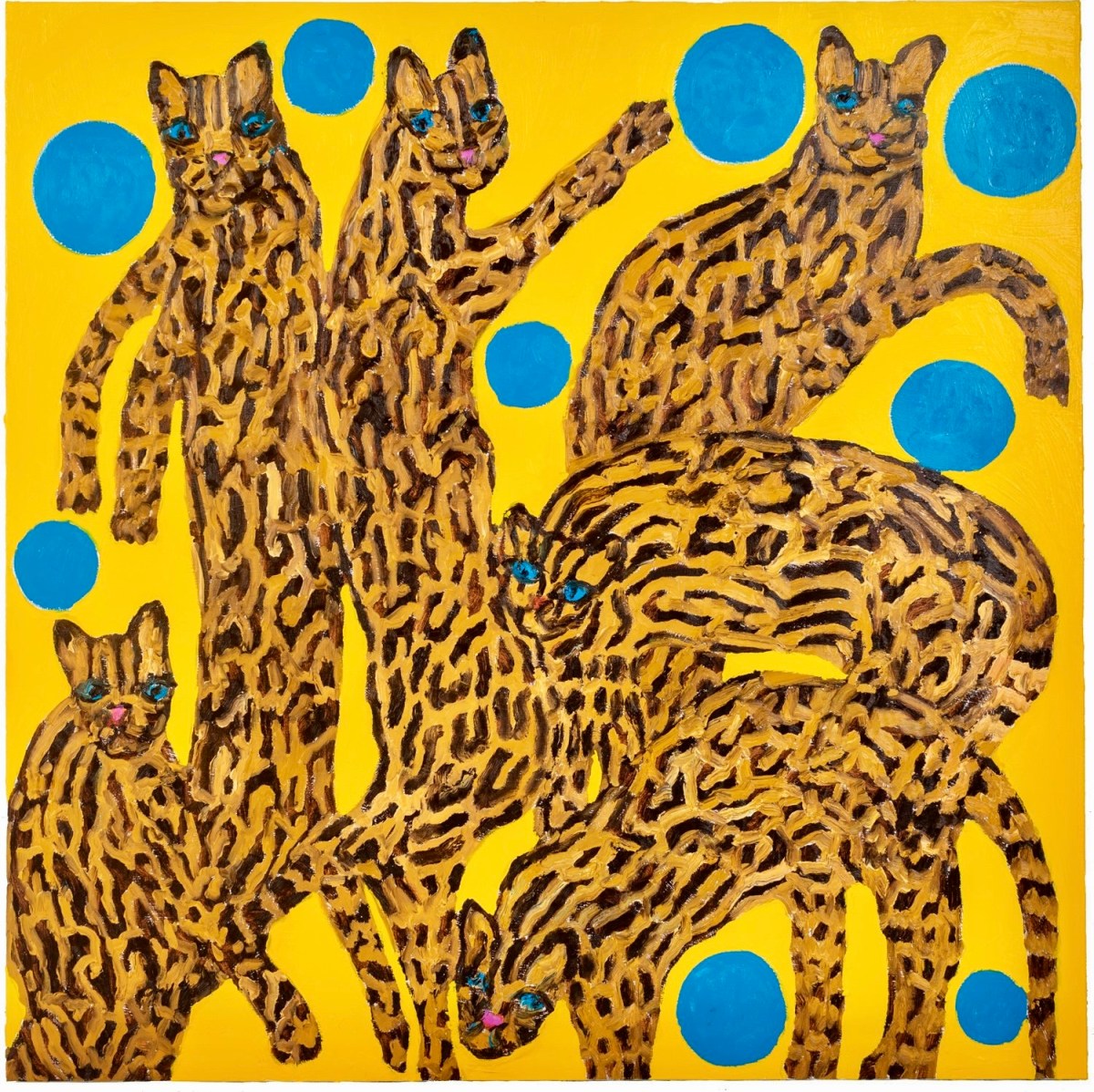
Among emerging voices, there are artists such as Mackenzie Maisel, whose diaristic works blend spiritual iconography with layered psychological narratives. Her pieces speak to a generation craving connection and questioning identity. Artists like KOZO, with his incandescent renderings of cultural icons such as Frida Kahlo, push the visual language of legacy into the realm of invention. These are not simply new artists; they are future masters in their embryonic era.
For collectors seeking a gateway into this world— visit galleries. DTR Modern Galleries offers more than access—it offers vision. With locations in New York, Boston, Palm Beach, and Washington, D.C., DTR serves as a curator of both emerging and established excellence.
The gallery’s program bridges tradition with innovation, showcasing artists who challenge conventions while honoring technique. At DTR, luxury is not simply presented—it is experienced, shaped, and redefined.
Institutions such as the Whitney Museum of American Art provide essential access to the living language of contemporary culture for those eager to deepen their knowledge and exposure. In a bold and timely initiative, the Whitney Museum recently unveiled its “Free 25 and Under” program, granting free admission to all visitors aged 25 and under.
Supported by artist and Whitney Board member Julie Mehretu and trustee Susan Hess, this program aims to remove financial barriers and cultivate the next generation of artists, collectors, and cultural thinkers. This act of institutional generosity aligns with a larger movement to democratize art and ensure its accessibility, relevance, and impact.
To collect art in this era is to align oneself with evolution. It is to recognize that luxury is not defined by material excess but by experiences that refine the senses and sharpen the mind. Art does not depreciate in meaning. Rather, it accrues depth and dimension with time, with context, and with the courage of the collector to believe in its lasting value.
History teaches us that in moments of crisis, art does not retreat. It advances, dares, and declares.
Now is not the time to hesitate. Now is the time to invest in beauty, in bravery, and in ideas that will outlive this moment.
Acquire the art. Preserve the culture. Shape the future.
Visit @dtrmodern on Instagram and dtrmodern.com for future events and collections.






